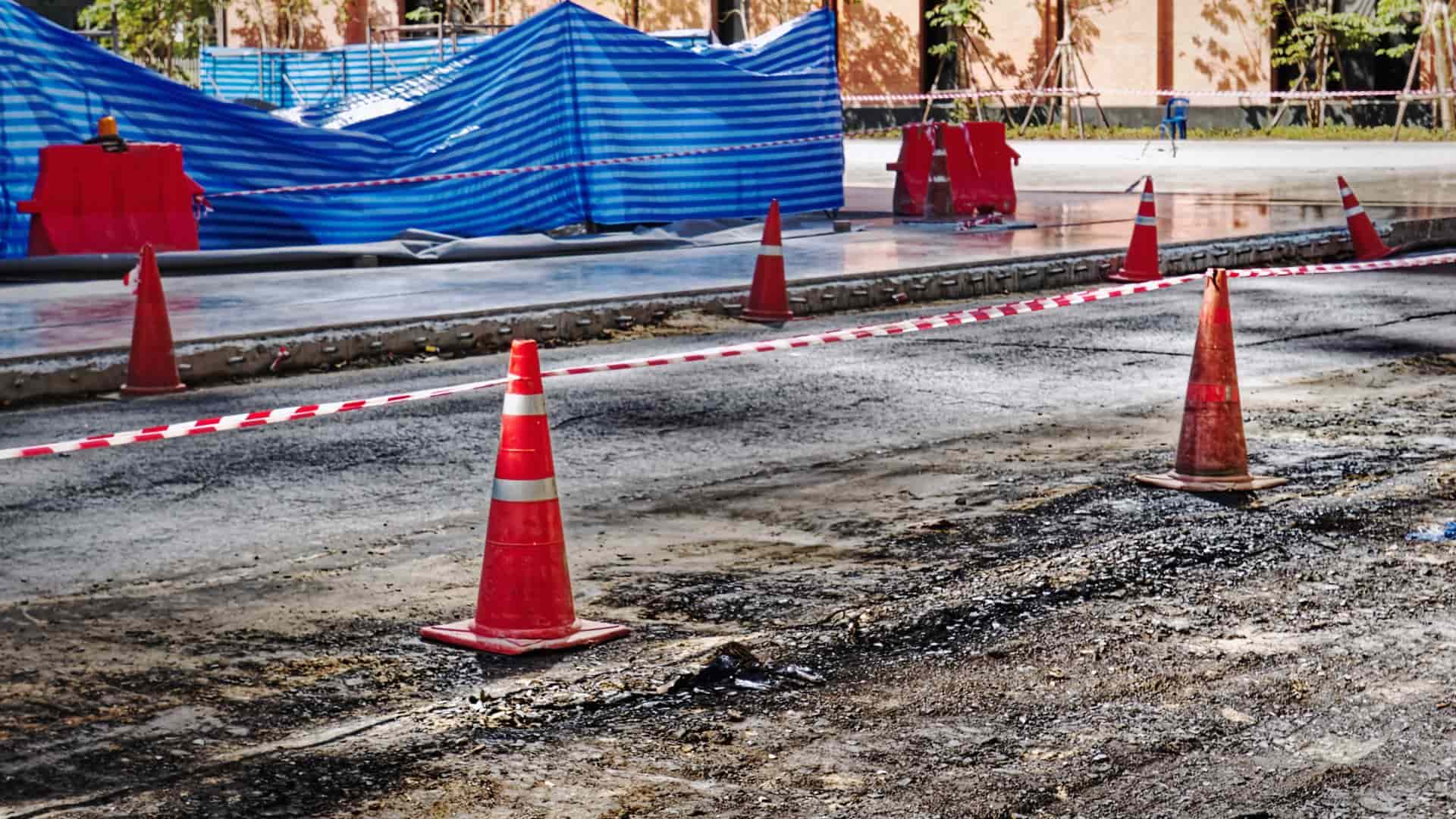Hydro excavation services continue to be a popular non destructive digging (NDD) option for Australian businesses and local councils. This is in part due to the unique way that they provide state of the art benefits.
Hydro excavation, also known as hydro vacuum excavation (or just hydrovac), provides high pressure water blasting to remove soils without causing damage to underground utilities and other underground infrastructure.
This is part of its major benefits. The fact that it is environmentally friendly helps, as well as this it’s cost effective.
This blog outlines many of these benefits, placing specific focus on why many Australian local councils look at hydro excavation as the prefers excavation option when it comes to underground services and construction projects.
What is Hydro Excavation
Hydro excavation is a non-destructive digging method that uses pressurised water to break up soil and a powerful vacuum system to remove the resulting slurry. This technique combines water pressure and suction to expose underground utilities, pipes, and cables without mechanical contact that could cause damage.
The process involves directing high-pressure water streams at the excavation area whilst simultaneously vacuuming the loosened material into a debris tank. Operators can precisely control water pressure and vacuum strength, allowing for accurate excavation around sensitive infrastructure components.
Unlike traditional mechanical excavation using excavators or backhoes, hydro excavation provides visual confirmation of underground utilities throughout the digging process. This method works effectively in various soil conditions and can access confined spaces where conventional equipment cannot operate efficiently.
Benefits for Municipal Infrastructure Projects
Hydro excavation and other non destructive digging high pressure water excavation services utilise state of the art hydro vacuum excavation materials. They keep the risk of damage to underground utilities to the minimum, and are also faster and more environmentally friendly than traditional excavation services.
They also have the benefit of having a small environmental impact, especially when a team with years of experience is used. Great teams might even have a name for their vacuum truck.
Reduced Damage to Underground Utilities
Municipal infrastructure projects frequently encounter existing utility networks including water mains, gas lines, electrical cables, and telecommunications infrastructure. Traditional excavation methods pose risks to these systems through mechanical contact and vibration.
Hydro excavation eliminates direct mechanical contact with buried utilities. The water stream breaks up soil without applying force to pipes or cables, whilst the vacuum system removes debris without disturbing exposed infrastructure. This approach significantly reduces the likelihood of utility strikes that can disrupt essential services.
When utilities are exposed through hydro excavation, they remain undamaged and functional. Council teams can inspect, maintain, or relocate these systems without service interruptions that affect residents and businesses.
Precise High Pressure Water Excavation Control
Council projects often require excavation in specific areas with exact dimensions. Hydro excavation provides precise control over excavation boundaries, allowing operators to dig narrow trenches, circular holes, or irregular shapes as required by project specifications.
The adjustable water pressure enables selective excavation around different materials. Operators can use lower pressure for delicate areas and increase pressure for compacted soils. This precision reduces over-excavation and minimises site restoration requirements.
Project specifications frequently require excavation to specific depths without exceeding those limits. Hydro excavation allows operators to work incrementally, exposing each layer gradually until reaching the required depth whilst maintaining accuracy throughout the process.
Minimal and Environmentally Friendly Surface Disruption
Council infrastructure projects in urban areas must minimise disruption to roads, footpaths, and public spaces. Traditional excavation creates large work areas with significant surface damage that requires extensive restoration.
Hydro excavation equipment can access excavation sites through small openings, reducing surface disruption. The vacuum hose system allows remote excavation where the truck remains positioned away from sensitive surface areas.
Finished excavations maintain clean edges and stable walls, requiring minimal surface repair work. Council teams can complete utility work and restore surfaces quickly, reducing project impact on public spaces and traffic flow.
Environmental and Community Benefits
Council projects in residential and commercial areas must consider community impact during construction activities. Traditional excavation generates significant noise from mechanical equipment and creates dust that affects surrounding properties.
Hydro excavation operates with lower noise levels compared to conventional mechanical digging equipment. The process produces minimal dust since water immediately suppresses soil particles during excavation.
Community relations improve when council projects generate less noise and dust disruption. Residents and businesses experience reduced impact from infrastructure maintenance and upgrade projects.
Soil Preservation
Environmental stewardship requires councils to minimise soil disturbance and preserve existing ground conditions where possible. Mechanical excavation often damages soil structure beyond the immediate excavation area.
Hydro excavation affects only the specific area requiring excavation whilst preserving surrounding soil structure. The water application does not compact adjacent soils, maintaining natural drainage and root zone conditions.
Excavated material remains suitable for backfill applications in many cases. The slurry separation process allows recovery of soil components that can be reused for site restoration.
Traffic Management Benefits
Urban council projects must maintain traffic flow whilst completing necessary infrastructure work. Large excavation sites require extensive traffic control measures that impact road users and emergency services.
Hydro excavation equipment footprint remains smaller than conventional excavation operations. Reduced work area requirements minimise traffic control needs and maintain better road access during project completion.
Project duration decreases when excavation work proceeds efficiently with minimal complications. Faster project completion reduces cumulative traffic impact and returns normal road conditions sooner.
Conclusion
Local councils increasingly recognise hydro excavation as an effective solution for infrastructure management challenges. The method addresses practical concerns including utility protection, community impact minimisation, and project efficiency improvements.
Municipal operations benefit from reduced utility damage, precise excavation control, and minimal surface disruption that hydro excavation provides. These advantages support better project outcomes whilst maintaining essential service delivery to communities.
The versatility of hydro excavation across different project types makes it valuable for councils managing diverse infrastructure portfolios. From drainage maintenance to road projects, the technology adapts to various municipal requirements effectively.

